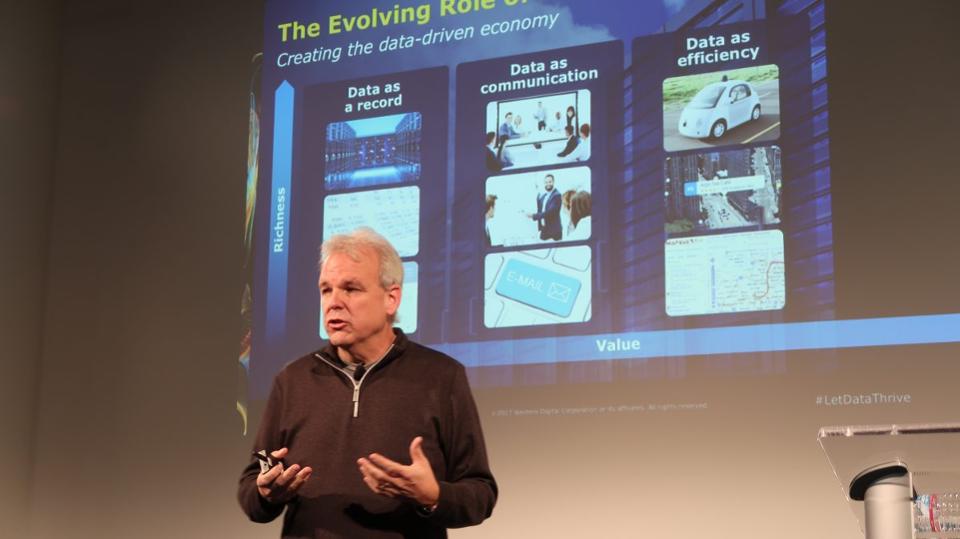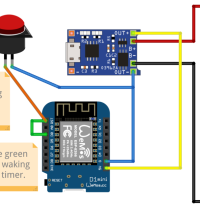- makeITcircular 2024 content launched – Part of Maker Faire Rome 2024Posted 2 weeks ago
- Application For Maker Faire Rome 2024: Deadline June 20thPosted 2 months ago
- Building a 3D Digital Clock with ArduinoPosted 7 months ago
- Creating a controller for Minecraft with realistic body movements using ArduinoPosted 7 months ago
- Snowflake with ArduinoPosted 8 months ago
- Holographic Christmas TreePosted 8 months ago
- Segstick: Build Your Own Self-Balancing Vehicle in Just 2 Days with ArduinoPosted 8 months ago
- ZSWatch: An Open-Source Smartwatch Project Based on the Zephyr Operating SystemPosted 9 months ago
- What is IoT and which devices to usePosted 9 months ago
- Maker Faire Rome Unveils Thrilling “Padel Smash Future” Pavilion for Sports EnthusiastsPosted 10 months ago
Western Digital Gives A Billion Unit Boost To Open Source RISC-V CPU

Western Digital is known for its storage products. What many do not realize is that the company ships over 1 billion processor cores within its products each year and is moving toward 2 billion per year.
At the workshop, Western Digital CTO Martin Fink announced that over the next few years those billion plus processors will be transitioned over to RISC-V. While this is not a direct financial investment in the instruction set by Western Digital, it is a massive commitment by a large company to use an instruction set whose ecosystem is still in development.
This commitment creates a sense that we are closing in on a robust ecosystem that can support this sort of massive commitment. Western Digital will partner and invest in the RISC-V ecosystem to make it happen. Western Digital will focus on purpose-built architectures for big data / fast data environments and expects its first device with RISC-V will ship in a few years.
They hope this announcement will be an ignition switch to give RISC-V greater credibility. It is a strategic commitment by the company, which hopes that the enhanced innovation of the open source ISA creates a “fly-wheel effect” accelerating new designs and capabilities.
For Western Digital, it sees data-centric processing at the network’s edge where designs need to be optimized for weight and power. Memory-centric computing requires heterogeneous, scalable and power-efficient compute, and Western Digital believes RISC-V can address these requirements.
“You’re going to have a number of people that say RISC-V isn’t ready; it isn’t mature [but] it’s all good. Nobody would laugh at the power and impact that Linux and other open-source projects have had in our industry. That will happen [for RISC-V] and it will grow,” Fink said. “We have a tremendous amount of confidence in the ability of the industry to drive this message of openness and drive this through.”
















